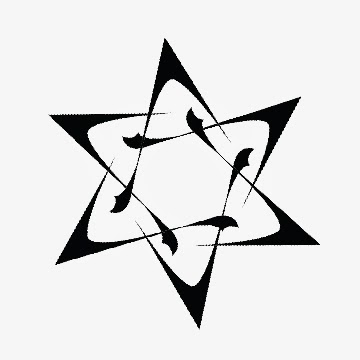Process:
I choose silk for the top part, chiffon and polyester for the bottom part to make this vest. The back side of silk is both smooth and gorgeous while not being as shiny as it's front side, so I think it would match my topic about feminine male. I choose polyester for the bottom part was because it melts beautifully while I tried to burn it, and the fabric became quite hard and stable in shape after burning, which really contrast with the soft chiffon.
First I did the burning experiment
After that I make the pattern of the vest by myself.
And sew the pieces together to finish the top part.
And then I add buttons on the top part. Since it's a vest for male, the buttons are on the right hand side of the vest.
And I burn the edges of the bottom part, and sew the polyester piece with the chiffon piece.
Finaly I sew the top part and the bottom part together.
Concept photos:
My topic for this garment is femininity in male’s fashion. I realized that the feminine elements in male’s clothing do not only exist in the modern fashion: it had occurred since middle century. There are lots of portraits that could use as references to proof what men in the middle centuries wore, and I think the images of men on those portraits are very significant with their long hairs, floor-length cloaks, shapely legs, gorgeous details on sleeves and collars and beautiful embroideries on the clothing. These images of men would definitely be viewed as examples of feminine male in present. However, people at the time didn’t think those clothes were feminine, they considered those clothing masculine and were typically for male since those clothing had a lots of difference with female’s clothing at the time. For me it’s very interesting to see that what was considered as masculine in the past is considered as feminine right now, I think this transition really explains the idea that “gender is constructed by society.”
For the final project, I create a halter vest to show my idea about femininity in male’s fashion. Vest in the past was absolutely for male only, but it is a more androgynous clothing that could wear by both male and female right now, that’s why I think it would be a nice style of cloth to show my concept. I chose pearl button for the vest and use silver threads to finish the edges, which was revealing the middle century style. For the bottom part I choose two fabric, one is polyester and the other is chiffon. I burned the edges of the polyester layer, it became quite hard and crisp after burning, which contrast with the soft chiffon. The overall shape of the vest exaggerate the silhouette of human body and create a curvy and feminine feeling. I want to make the cloth that people would think it’s different from the other male clothing and would like to wear it to a more formal place and occasion because that’s what I found in my research about femininity in male’s fashion: men who wear feminine clothes are looking for a more fashionable and beautiful style that could make them different and stylized.












































































